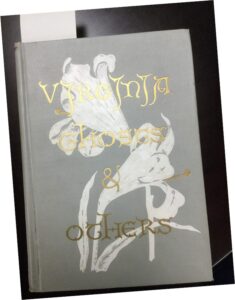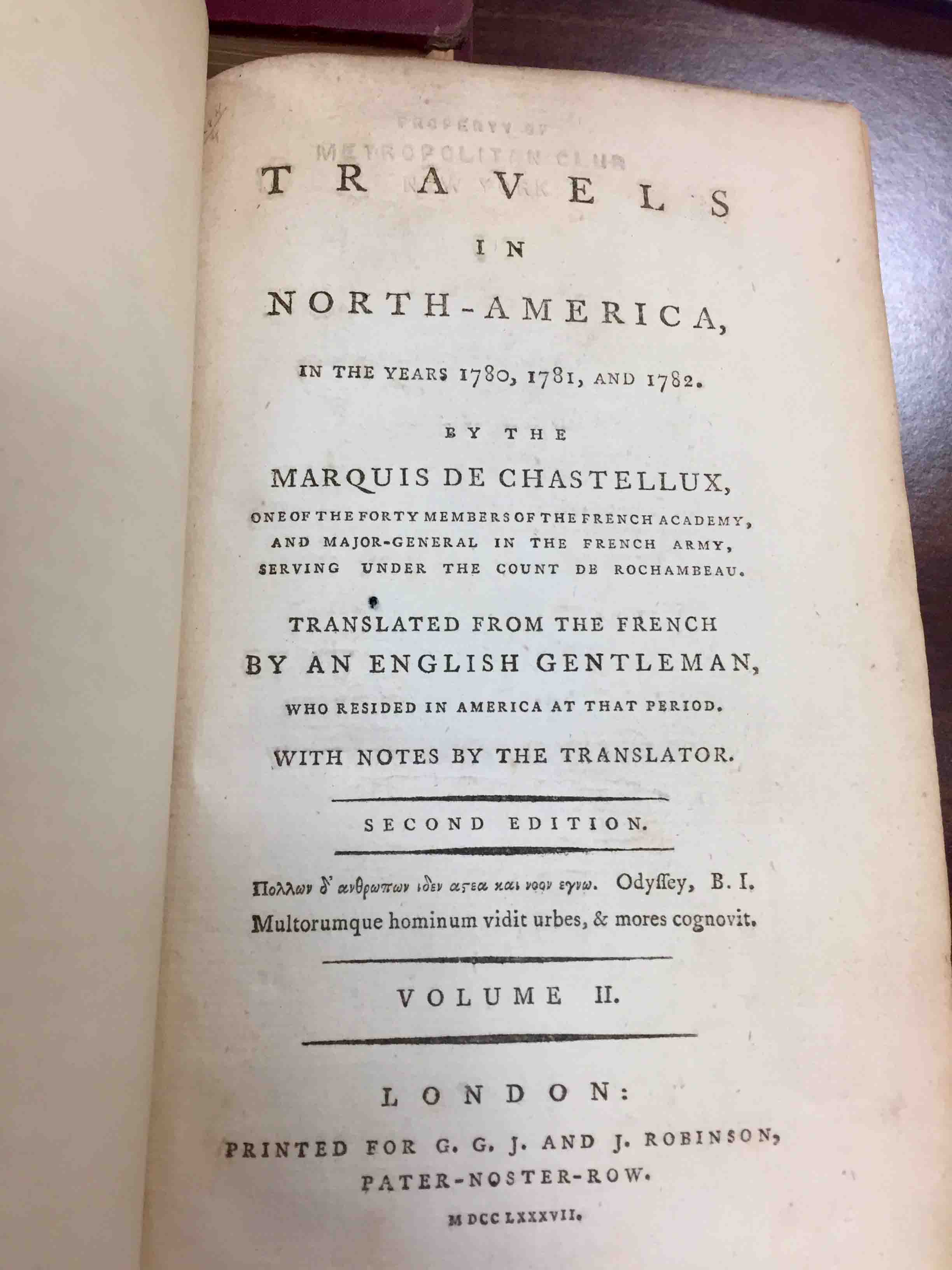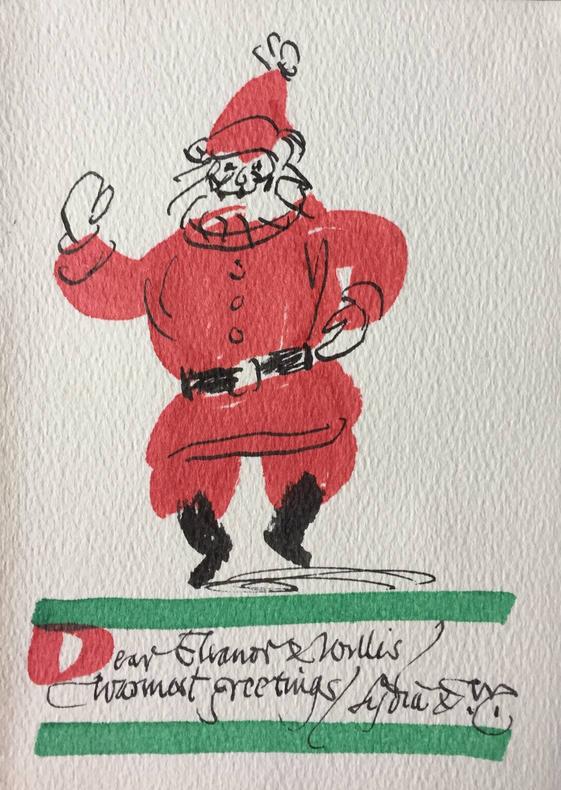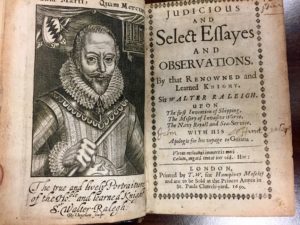
Ghost stories have long been a part of American storytelling traditions. During the 19th century, however, those stories took on new depth as the beliefs of Spiritualism took hold. Many historians date the beginnings of the Spiritualist movement to the 1848 occurrences in Hydesville, New York, where the young Fox sisters engaged in rapping games with unseen spirits. These three sisters raised the possibility of having not merely encounters but conversations with those who had passed away, including the exchange of information and knowledge between this world and the next. Although talking to spirits was nothing new, their work, which included founding the first Spiritualist society, is credited as being the start of Spiritualism, a movement that would eventually expand worldwide and capture the imagination of millions, including Sir Arthur Conan Doyle.
Much like the time of the Scientific Revolution, where the triumph of reason was expected to destroy magical belief systems, many individuals at the end of the 19th century expected the rising industrialism and new science to quickly stamp out what appeared to be mere ghost stories. Such was not the case, as Spiritualists quickly adapted the tools of science to help further their cause, developing their own language of communication and tools during an era which saw tremendous advances in technology. Historian Molly McGarry noted, “Speaking to the dead may have seemed no less strange than communicating across cables or capturing the living on film. Like freezing an image on a photographic plate, the Spiritualists’ ghost catching was a collapsing of time: the past perceived in the present for the future” (McGarry, 20). Spiritualism in the 19th century, then, was much less about the reality of life after death and communicating with the spirit world, as this belief predated the Spiritualist movement. Rather, it was the guiding rubric of science and technological development which shaped Spiritualism in this age, as practitioners “aimed to authenticate the immaterial presence of spirits of the dead through ‘objective,’ observable, and repeated experiences and through a rationalist discourse of ‘factual’ evidence” (Weinstein, 126).
While no ghosts (that we know of anyway), the Galvin Rare Book Room is home to a small collection of works about Spiritualism and ghost stories.
Sir Arthur Conan Doyle, The New Revelation. New York: George H. Doran Co., 1918 Galvin Rare Book Room BF1272 .D7 1918 Gift of Mr. and Mrs. Verser Todd. (catalog link)
Sir Arthur Conan Doyle first became interested in Spiritualism around 1881 after attending a lecture. With further reading and study, Conan Doyle became a supporter and advocate of the movement. He was involved with organizations such as the British Society for Psychical Research and the Society for the Study of Supernormal Pictures, where he served as vice-president. In addition to his two-volume work on The History of Spiritualism, he also wrote about spirit photography (The Case for Spirit Photography) and about his own experiences with Spiritualism (The New Revolution, and The Wanderings of a Spiritualist). With the loss of his son during World War I, Conan Doyle continued his work and was considered an international expert in the field. Some credit his work in Spiritualism for one of his more famous quotes from The Case-Book of Sherlock Holmes, “When you have eliminated all which is impossible, then whatever remains, however improbable, must be the truth.”
Charles Beecher, Spiritual Manifestations Boston: Lee & Shepard; New York, C.T. Dillingham, 1879. Galvin Rare Book Room BF1251 .B42 1879 (catalog link)
Charles Beecher was a noted American Congregationalist minister, composer, and author, something common among his siblings, including his sister Harriet Beecher Stowe and brother Henry Ward Beecher. His book, Spiritual Manifestations (1879) offers descriptions of his own experiences and encounters with Spiritualism.
Walter Cooper Dendy, The Philosophy of Mystery. New York: Harper & Brothers, 1845. Galvin Rare Book Room BF1031 .D5 1845 (catalog link)
Practicing surgeon as well as an author. A collection of anecdotes about spectral apparitions, this work highlights dreams and spectral illusions in an attempt to explain or demystify the mysterious nature of fantastical things, and it is written in the style of a narrative dialogue.
Ray Bradbury, The Ghosts of Forever New York: Rizzoli, 1981. Galvin Rare Book room PS3503 .R167 G47 1981 (catalog link)
Originally started as a script for a Smithsonian planetarium show that was never produced, The Ghosts of Forever combines the wordsmithing of Bradbury, in poems and a short story, with illustrations by Aldo Sessa into a delightful space-age adventure as only Bradbury’s mind could conjure up.
Amélie Rives (Princess Troubetzkoy). The Ghost Garden: A Novel. New York: Grosset & Dunlap, 1918. Galvin Rare Book Room PS3092 .G47 1918 (catalog link)
Best known for her book The Quick and the Dead, Rives’ work is set in colonial Virginia and tells the tale of lovelorn struggle between the living and the dead. Richmond-born, Rives was a prolific writer who was especially interested in educational reform and women’s suffrage. Also of note is the study of Rives’ life written by prominent UR faculty emeritus W.D. Taylor in 1973.
Marguerite du Pont Lee, Virginia Ghosts & Others. Richmond: William Byrd Press, 1932. Inscribed “To my ghosts” by the author to the Marion Garnett Ryland Virginiana Collection at the University of Richmond. Galvin Rare Book room F227 .L48 1932 (catalog link)
Printed in Richmond in 1932, Virginia Ghosts contains more than 100 ghost stories from around the commonwealth, many with pictures of the haunted sites and homesteads. Stories from Richmond include ones near Englewood and Westover as well as the governor’s mansion. Not surprisingly, the author was a serious student of psychic phenomena of Richmond and beyond as well as being a proponent of women’s rights.
Works Cited
McGarry, Molly. Ghosts of Futures Past: Spiritualism and the Cultural Practices of Nineteenth-Century America. Berkeley: University of California Press, 2008.
Weinstein, Sheri. “Technologies of Vision: Spiritualism and Science in Nineteenth-Century America,” in Jeffery Andrew Weinstock, ed. Spectral America: Phantoms and the National Imagination, 124-140. Madison: University of Wisconsin Press, 2004.



